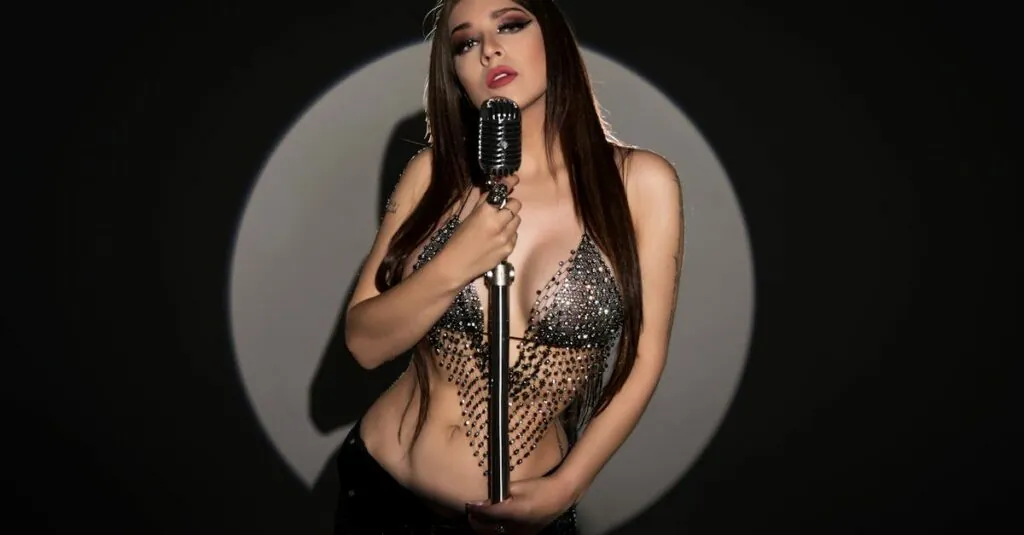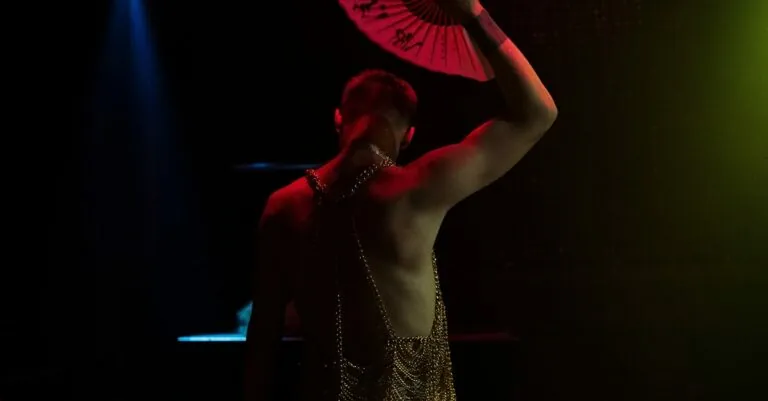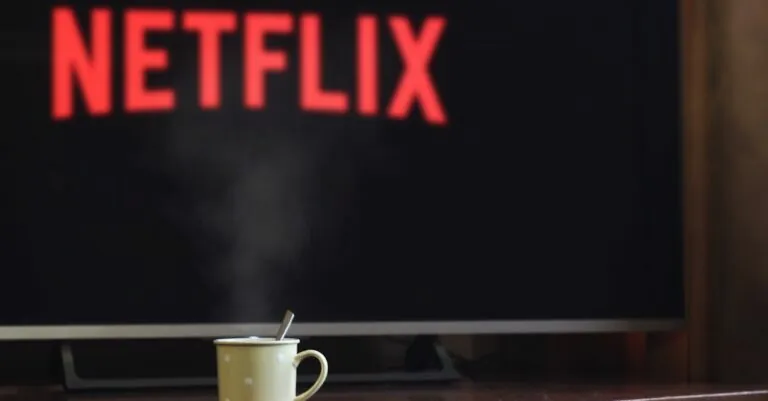Table of Contents
ToggleIn the glitzy world of celebrities, drama unfolds faster than a reality TV show can air its next episode. From shocking breakups to unexpected feuds, these timelines read like a gripping novel filled with plot twists and cliffhangers. Fans eagerly track every juicy detail, often wondering if they should grab popcorn or a therapist.
Celebrity drama timelines aren’t just entertaining; they reveal the messy human side of fame. Whether it’s a scandal that leaves jaws on the floor or a heartfelt reconciliation that makes fans swoon, each event adds another layer to the lives of these stars. Buckle up as we dive into the rollercoaster ride of celebrity chaos, where every timeline tells a story that’s hard to resist.
Overview of Celebrity Drama Timelines
Celebrity drama timelines capture the highs and lows of famous personalities over specific periods. Each event in these timelines serves as a chapter, illustrating the emotional rollercoaster of public figures. Shocking breakups often draw significant attention, while heartfelt reconciliations can generate as much buzz.
Famous couples like Justin Bieber and Selena Gomez exemplify how relationships evolve publicly. Their timeline includes passionate reunions and dramatic separations, revealing the complexities of love in the spotlight. Similarly, the relationship between Kim Kardashian and Kanye West highlights both personal struggles and professional developments, showcasing their intertwined lives.
Media outlets chronicle these events, emphasizing how social media amplifies drama. Posts often serve as real-time updates, with fans engaging through comments and shares. This interaction fuels public interest, making celebrity drama a communal experience. Timelines evolve continuously as new events unfold, reflecting changing dynamics in these relationships.
Tracking controversies also forms an essential part of these timelines. Public disputes, such as feuds between stars, add to the drama. Each feud often attracts large audiences, sustaining interest over time. Notable conflicts, like those between Taylor Swift and Katy Perry, illustrate how past grievances can linger in public consciousness.
Celebrity drama timelines do more than entertain. They reflect societal fascination with fame, vulnerability, and the human experience, captivating audiences along the way. Engaging with these narratives allows fans to connect with their favorite personalities, fostering a deeper understanding of their journeys.
Key Celebrity Controversies
Celebrity controversies often captivate audiences with their intense drama and unpredictable outcomes. Such events reveal the complexities behind fame and the personal struggles of public figures.
Notable Feuds
Popular feuds frequently dominate headlines, drawing significant attention from fans and media alike. The rivalry between Taylor Swift and Katy Perry exemplifies this, sparking interest through public exchanges and subliminal messages in their music. Tensions between Kanye West and various artists like Drake illustrate how creative differences fuel ongoing disputes. Similarly, the clash between Nicki Minaj and Miley Cyrus highlights how personal grievances materialize in public forums. These conflicts not only entertain but also create lasting impressions on the dynamics of celebrity relationships.
Scandals and Their Impact
Major scandals often reshape public perceptions of celebrities, altering how they engage with fans. For instance, the 2017 controversy surrounding Kevin Spacey led to significant fallout, prompting discussions about accountability in Hollywood. Lindsay Lohan’s multiple legal issues transformed her image from a beloved star to a cautionary tale. Bill Cosby’s allegations resulted in widespread condemnation and a reevaluation of his legacy. Each scandal reveals how deeply actions affect careers and personal lives, highlighting the fragile nature of celebrity status.
Evolution of Media Representation
Media representation of celebrity drama has evolved significantly over the years. Traditional media played a major role in shaping public perceptions, using printed tabloids and television reports to deliver stories.
Traditional Media vs. Social Media
Traditional media outlets, such as newspapers and TV news, primarily curated narratives and often focused on notable events. Coverage typically lacked immediacy but provided thorough context. In contrast, social media platforms like Twitter and Instagram deliver real-time updates, allowing fans to engage with unfolding events directly. Celebrities often use these channels to communicate their personal narratives, creating direct connections with audiences.
Fans participate by sharing opinions and reactions, leading to viral conversations around drama. This interactive dynamic influences trending topics, significantly affecting how celebrity narratives are perceived. Overall, the shift from traditional to social media shifts not only representation but also the audience’s relationship with celebrities.
Analysis of Public Reactions
Public reactions to celebrity drama display a spectrum of support and backlash. Fans eagerly express their opinions, whether celebrating a couple’s reunion or criticizing a controversial statement. Celebrities often feel the weight of this collective sentiment, shaping their decisions and public personas.
Support and Backlash
Supportive fans rally behind their favorites, amplifying positive news and encouraging interactions through social media. This unwavering loyalty can turn a celebrity’s personal life into a public spectacle, creating an environment where anyone’s move is scrutinized. Backlash emerges swiftly, especially during scandals or disputes. Critics take to social platforms to voice disdain, pointing out hypocrisy or perceived wrongdoings. A prominent example is the reaction to Kanye West’s controversial statements, which ignited both fervent support and severe criticism, illustrating the duality of public sentiment.
Trends in Celebrity Responses
Celebrity responses to public reactions have evolved significantly. Increased transparency marks this shift as many stars engage directly with their audience. Platforms like Twitter and Instagram allow for real-time feedback, changing how celebrities communicate. Brands and personalities frequently release statements or engage in discussions to mitigate backlash or clarify misunderstandings. Notably, responses often trend towards vulnerability, with many celebrities sharing personal experiences to foster empathy. This approach enhances relatability, allowing fans to connect on a deeper level, demonstrating the interplay between celebrity actions and public perceptions.
The Role of Fans and Influencers
Fans significantly shape celebrity drama timelines by engaging in public discussions. Their reactions often circulate rapidly across social media platforms, amplifying narratives surrounding celebrity relationships. Influencers, as key players in this dynamic, leverage their platforms to provide commentary on unfolding events.
Supportive fans celebrate reunions and victories, creating a ripple effect that boosts visibility. Conversely, backlash emerges instantly during controversies. Celebrities like Kanye West experience these swift reactions through tweets or posts that often spark further debate.
Influencers offer insights that resonate with audiences, leading to heightened interest in specific timelines. Followers look to these figures for interpretations and updates on celebrity dynamics, increasing the emotional investment in the drama. Content creators frequently dissect celebrity behaviors, often shaping public perception and trends in real-time.
Public sentiment isn’t just noise; it influences celebrities’ decisions. Feedback from fans can lead to changes in how public figures address their controversies. Many stars adopt a more transparent approach, sharing their personal experiences to foster empathy.
Celebrities, like Justin Bieber and Selena Gomez, recognize the impact of their fans and the influencers’ commentary on their narratives. These engagements create a loop where celebrity actions spur fan reactions, which then influence subsequent celebrity behavior.
Ongoing engagement between fans and influencers transforms how narratives unfold, showcasing the complex interplay of support and criticism inherent in celebrity culture. The evolution of this relationship illustrates society’s fascination with the behind-the-scenes aspects of fame, solidifying the role of fans and influencers in celebrity drama timelines.
Celebrity drama timelines captivate audiences by weaving together the complexities of fame and personal struggles. Fans are drawn into these narratives not just for entertainment but to connect with the raw emotions that often accompany public life. As social media continues to shape these stories in real time, the relationship between celebrities and their followers grows more intricate.
This evolving dynamic highlights the power of public sentiment in influencing celebrity actions and narratives. Ultimately, the fascination with celebrity drama reflects a broader societal interest in vulnerability and authenticity. The interplay of support and criticism from fans ensures that these timelines remain as compelling as ever, inviting ongoing engagement and discussion.







